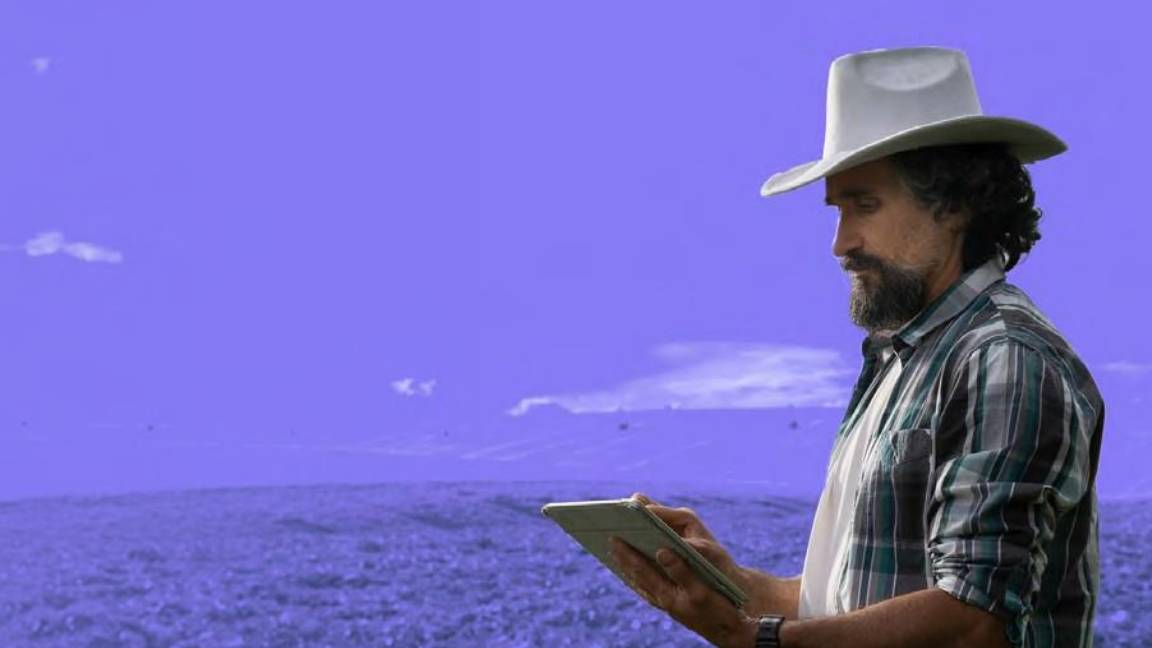Who should control innovation?
Should innovation just be down to the IT department or should everyone in the business pull together? Mark Samuels takes a look...


He says CIOs should facilitate conversations with the real subject experts across the organisation. When considering new technology, Thomas encourages IT leaders to stress test their ideas and ask a few crucial questions to get a sense of how the innovation will really help the business. He says developments in the cloud provide a good example.
"The IT team tends to have a good understanding of the technical implications, while the business will have a stronger understanding of the organisational context and how scalable technology might be used to improve existing processes. By working together, line-of-business and IT workers can create great solutions to specific challenges," says Thomas.
Line heads will also be strong people who are able to generate new ideas that can provide benefits to the company. To get successful innovation from an IT department, you need to get IT-savvy people to work with these business-savvy people. If that happens, you can generate and implement great ideas.
Act like a conduit and bring people together
Collaboration is also key to Enterprise Rent-A-Car European IT director Jeff King, who has worked hard to bring great ideas to the table in regards to cross-European technology innovation. Since moving to Europe two years ago, King has set in place key partnerships to help the organisation make the most of technology. Those partnerships cover internal IT professionals across Europe and external arrangements with third party providers.
However, he also recognises that the CIO is just one cog be it a very important element in the overall machine that helps the business make the most of IT innovation. Great ideas, says King, should come from all areas of the organisation. His role, as an IT leader, is to help the organisation turn interesting theories into practical realities.
"My role is as the conduit to bring people together in order to generate great ideas," he says. "I listen a lot; in fact, you need to make sure you engage with the rest of the business all the time and make sure you understand the requirements of these line of business executives and the day-to-day challenges that they face.
"I'm fortunate that I have great relationships with the rest of the business. I can get the top people in the European business together and brainstorm in order to come up with the best possible IT solutions to organisational challenges."
Sign up today and you will receive a free copy of our Future Focus 2025 report - the leading guidance on AI, cybersecurity and other IT challenges as per 700+ senior executives

Mark Samuels is a freelance writer specializing in business and technology. For the past two decades, he has produced extensive work on subjects such as the adoption of technology by C-suite executives.
At ITPro, Mark has provided long-form content on C-suite strategy, particularly relating to chief information officers (CIOs), as well as digital transformation case studies, and explainers on cloud computing architecture.
Mark has written for publications including Computing, The Guardian, ZDNet, TechRepublic, Times Higher Education, and CIONET.
Before his career in journalism, Mark achieved a BA in geography and MSc in World Space Economy at the University of Birmingham, as well as a PhD in economic geography at the University of Sheffield.
-
 What businesses need to know about data sovereignty
What businesses need to know about data sovereigntyWithout a firm strategy for data sovereignty, businesses put their data and reputations at risk
-
 Anthropic says MCP will stay 'open, neutral, and community-driven' after donating project to Linux Foundation
Anthropic says MCP will stay 'open, neutral, and community-driven' after donating project to Linux FoundationNews The AAIF aims to standardize agentic AI development and create an open ecosystem for developers
-
 Predicts 2024: Sustainability reshapes IT sourcing and procurement
Predicts 2024: Sustainability reshapes IT sourcing and procurementwhitepaper Take the following actions to realize environmental sustainability
-
 Advance sustainability and energy efficiency in the era of GenAI
Advance sustainability and energy efficiency in the era of GenAIwhitepaper Take a future-ready approach with Dell Technologies and Intel
-
 2024 State of procurement report
2024 State of procurement reportWhitepaper The trends shaping the future of business buying
-
 Digital optimisation paves the way to strategic supplier management
Digital optimisation paves the way to strategic supplier managementWhitepaper Procurement’s role as a strategic driver
-
 Bringing order to the file management chaos plaguing AEC firms
Bringing order to the file management chaos plaguing AEC firmswhitepaper How a cloud-based solution, supported by edge technology, helps architecture, engineering, and construction firms boost performance and cut costs
-
 File data services to support modern manufacturing
File data services to support modern manufacturingwhitepaper Smart file data services deliver resilience and intelligence to the modern manufacturing organization
-
 Innovation in product development
Innovation in product developmentwhitepaper The latest data on how successful product development teams collaborate to build the future
-
 The small and medium business guide to buying
The small and medium business guide to buyingWhitepaper Optimising purchasing to save in 2024